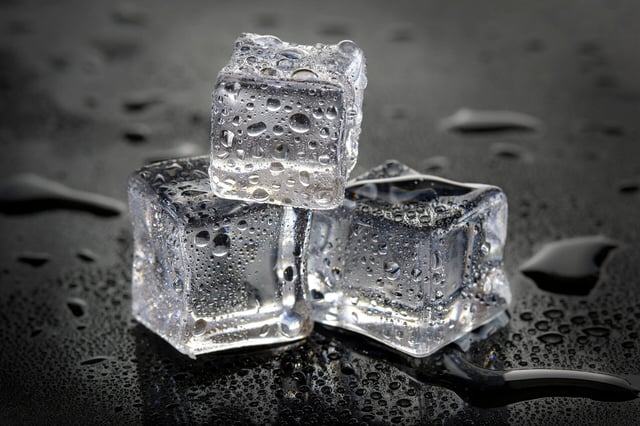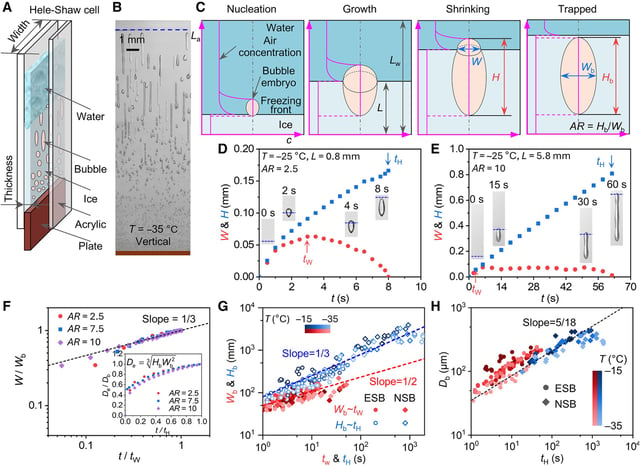Overview
- Published June 18 in Cell Reports Physical Science, the team showed that sudden shifts in freezing rates produce egg- or needle-shaped bubbles that can be layered to represent coded messages
- The method assigns bubble size, shape and position to bits and uses grayscale imaging with automated detection to decode embedded messages
- Comparisons of coding schemes revealed that binary encoding can store messages roughly ten times longer than Morse code in the same ice slice
- Potential applications extend beyond covert messaging in Antarctica and the Arctic to include custom ice sculptures and improved understanding of bubble behavior in materials science
- University of Sydney physicist Qiang Tang warns that traditional digital and paper archives remain more practical and reliable for secure information storage



